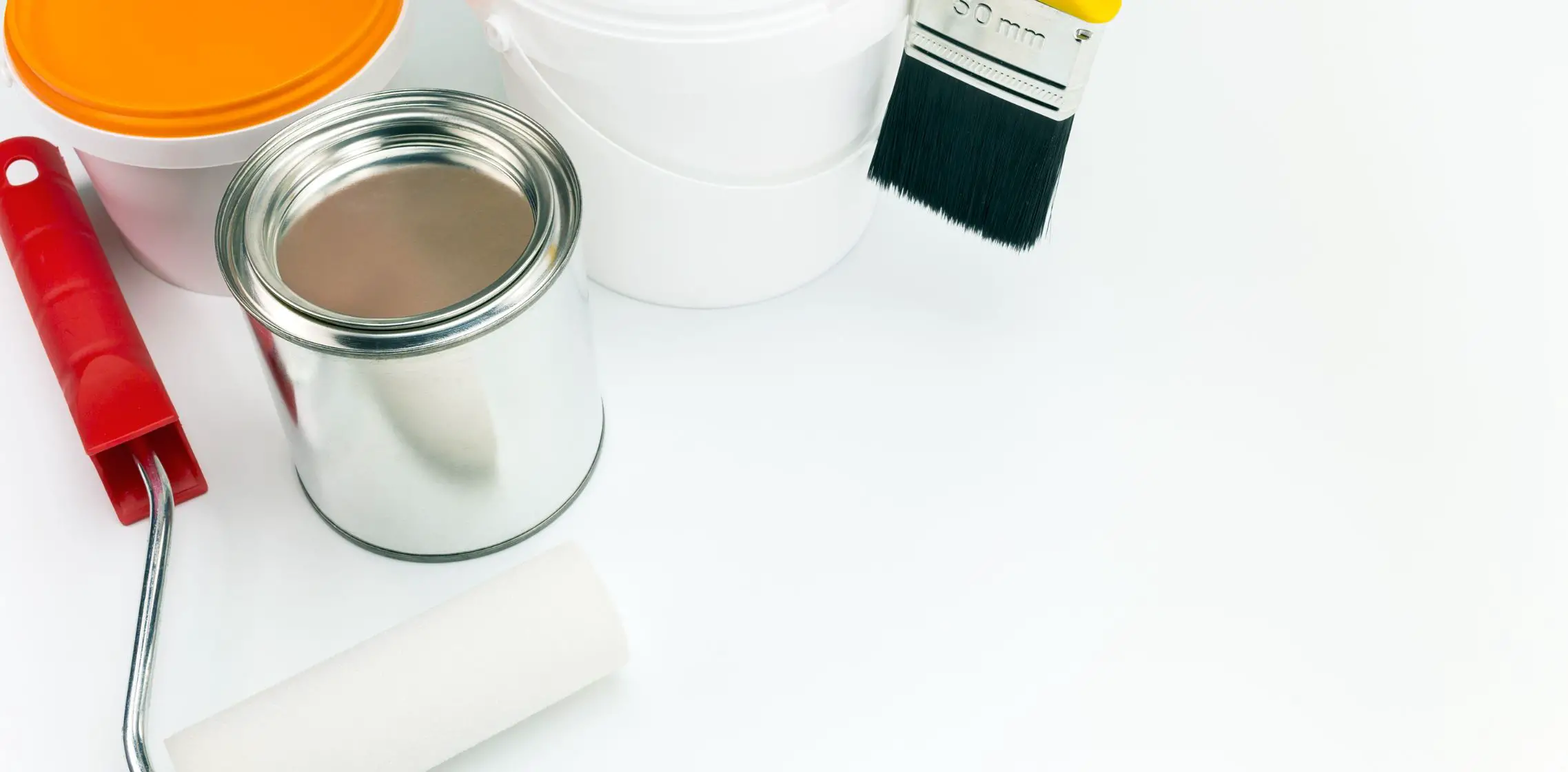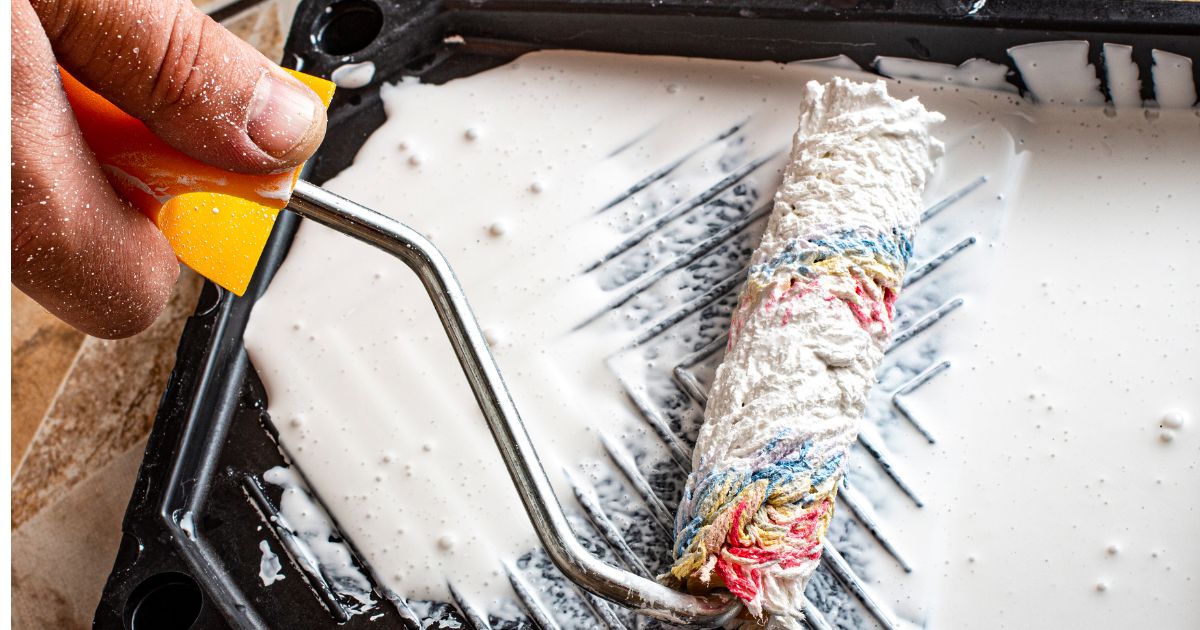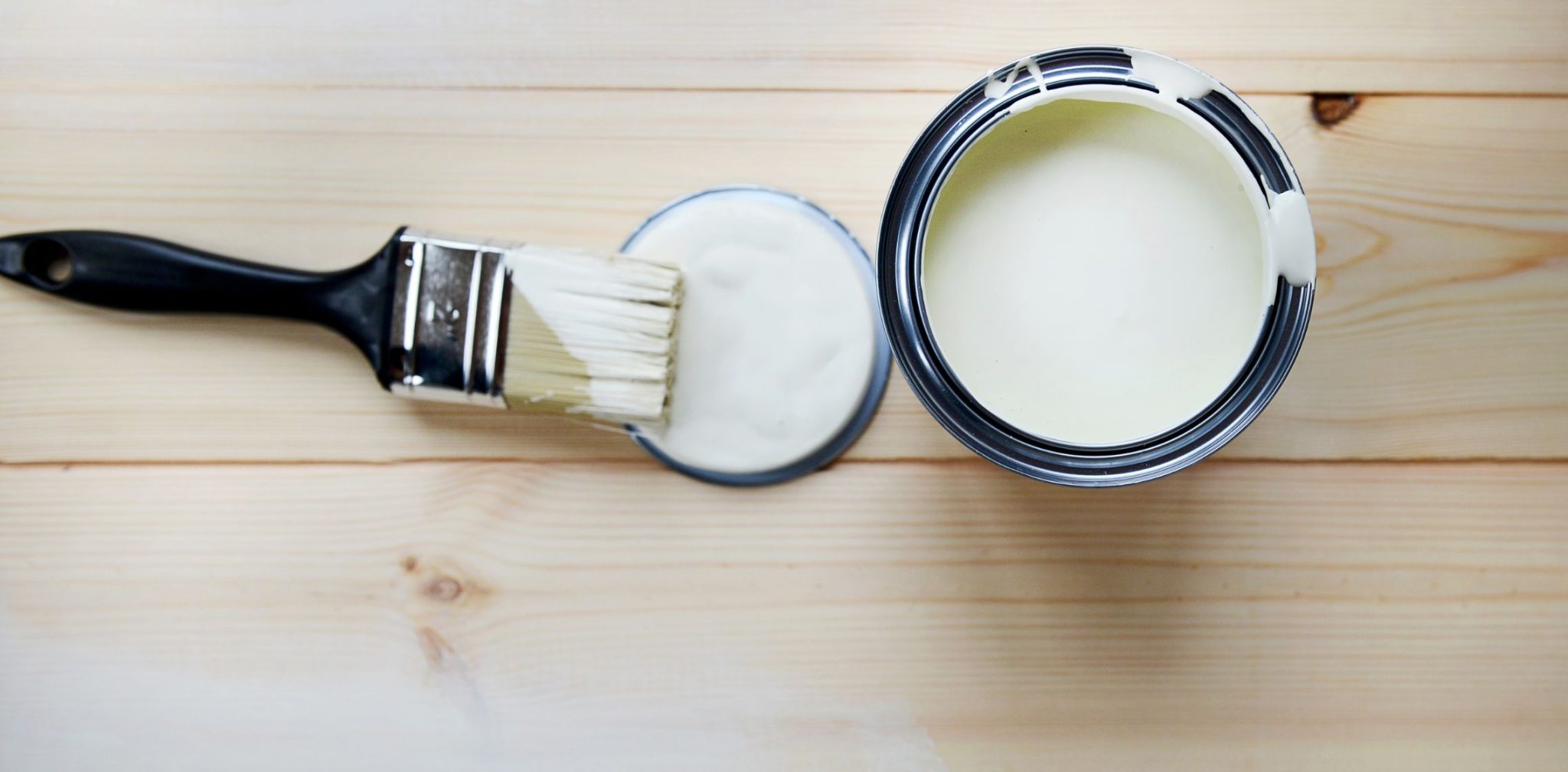Can I Shellac Over Paint? A Comprehensive Guide: Delving into the intricacies of shellac application over painted surfaces, this guide unveils the compatibility, preparation, techniques, troubleshooting, and finishing aspects, empowering you to achieve a flawless finish.
Unveiling the compatibility of shellac with various paint types, we explore its adhesion properties on different paint finishes. Delving into surface preparation, we emphasize the significance of cleaning, sanding, and priming for a successful application.
Shellac Over Paint Compatibility
Shellac is a natural resin-based finish that can be applied over various surfaces, including paint. However, its compatibility with different types of paint depends on several factors, such as the paint’s composition, age, and condition.
Shellac adheres well to most oil-based paints, as both materials are oil-soluble. This means that shellac can form a strong bond with oil-based paint, creating a durable and protective finish.
Compatibility with Latex Paint
Shellac is generally not compatible with latex paint, as latex is water-based while shellac is oil-based. Applying shellac over latex paint can lead to peeling, cracking, and poor adhesion.
Examine how barrett jackson paint kit can boost performance in your area.
If you wish to apply shellac over latex paint, it is essential to use a bonding primer specifically designed for this purpose. The primer creates a barrier between the latex paint and shellac, allowing the shellac to adhere properly.
Compatibility with Other Types of Paint, Can i shellac over paint
Shellac can also be applied over other types of paint, such as acrylic and enamel. However, it is always advisable to test the compatibility of shellac with the specific paint you intend to use on an inconspicuous area before applying it to the entire surface.
Surface Preparation for Shellac Application
Preparing a painted surface before applying shellac is crucial to ensure proper adhesion and a smooth, durable finish. This process involves cleaning, sanding, and priming, each step playing a vital role in the overall success of the shellac application.
Cleaning
Before applying shellac, the painted surface must be thoroughly cleaned to remove any dirt, grease, or other contaminants that may interfere with adhesion. Use a mild detergent or denatured alcohol to wipe down the surface, allowing it to dry completely before proceeding.
Sanding
Light sanding is necessary to create a slightly rough surface for the shellac to adhere to. Use fine-grit sandpaper (220-grit or higher) and sand the surface gently in the direction of the wood grain. Avoid over-sanding, as this can weaken the paint and create an uneven surface.
Priming
A primer is essential for sealing the paint and providing a uniform surface for the shellac. Apply a thin coat of shellac-based primer using a brush or spray gun, allowing it to dry completely before applying the shellac finish. Priming helps to prevent the shellac from absorbing into the paint and creating a blotchy or uneven finish.
Examine how airless paint sprayer filters can boost performance in your area.
Shellac Application Techniques
Applying shellac over paint requires specific techniques to ensure a smooth and durable finish. Proper application involves choosing the right tools, using thin coats, and sanding between coats.
Application Methods
Shellac can be applied using brushes, rags, or sprayers. Brushes provide precise control, while rags offer a more even application. Sprayers are efficient for larger surfaces but require more skill to avoid drips and runs.
You also can understand valuable knowledge by exploring 2001 new york quarter painted.
Thin Coats and Sanding
Shellac should be applied in thin coats, allowing each coat to dry completely before applying the next. Sanding between coats with fine-grit sandpaper removes any imperfections and creates a smooth surface for the next coat.
Troubleshooting Shellac Over Paint
Applying shellac over paint can be a straightforward process, but certain issues may arise. Identifying and addressing these problems ensures a successful finish.
Potential Problems and Solutions
Various factors can lead to problems when applying shellac over paint, including:
- Peeling:Poor adhesion between the shellac and the underlying paint can cause peeling. Ensure the paint is clean, dry, and properly sanded before applying shellac.
- Cracking:Applying shellac over a flexible paint or on a surface that is subject to movement can lead to cracking. Choose a flexible shellac or consider using a primer to improve adhesion.
- Discoloration:Certain paints contain pigments that may react with shellac, causing discoloration. Test the shellac on an inconspicuous area before applying it over the entire surface.
Finishing and Maintenance: Can I Shellac Over Paint
Finishing and maintaining a shellac finish over paint requires proper techniques to ensure durability and enhance its appearance. This involves protecting the finish from wear and tear, cleaning it effectively, and preserving its beauty.
One crucial aspect of finishing is applying a protective layer over the shellac. This can be achieved using wax or polyurethane, each offering distinct advantages. Wax provides a natural, warm luster and is easy to apply, while polyurethane offers superior protection against scratches and moisture.
Cleaning and Preserving
Regular cleaning is essential to maintain the finish’s appearance. Use a soft, damp cloth to gently wipe away dust and dirt. Avoid using abrasive cleaners or harsh chemicals, as they can damage the finish.
To preserve the finish, it’s recommended to reapply wax or polyurethane periodically. This helps maintain the protective layer and enhances the overall durability of the finish.
Obtain recommendations related to bull and matador painting that can assist you today.
Wrap-Up
In conclusion, applying shellac over paint requires careful consideration of compatibility, surface preparation, application techniques, troubleshooting, and finishing. By adhering to the guidelines Artikeld in this comprehensive guide, you can confidently achieve a stunning and durable shellac finish that enhances the beauty and longevity of your painted surfaces.
Question Bank
Can I apply shellac over any type of paint?
While shellac adheres well to most paints, it’s crucial to test its compatibility on an inconspicuous area before applying it to the entire surface.
How do I prepare a painted surface for shellac application?
Thoroughly clean the surface, sand it lightly to enhance adhesion, and apply a primer to ensure a smooth and even finish.
What is the best way to apply shellac over paint?
Use a brush, rag, or sprayer to apply thin, even coats of shellac. Allow each coat to dry completely before sanding lightly and applying the next.
What are some common problems that can occur when applying shellac over paint?
Peeling, cracking, or discoloration can occur due to incompatibility, improper surface preparation, or thick coats. Troubleshooting these issues involves identifying the cause and implementing appropriate solutions.
How do I finish and maintain a shellac finish over paint?
Apply a coat of wax or polyurethane to protect the finish. Regular cleaning and occasional reapplication of wax or polyurethane will help preserve the beauty and durability of the shellac finish.




